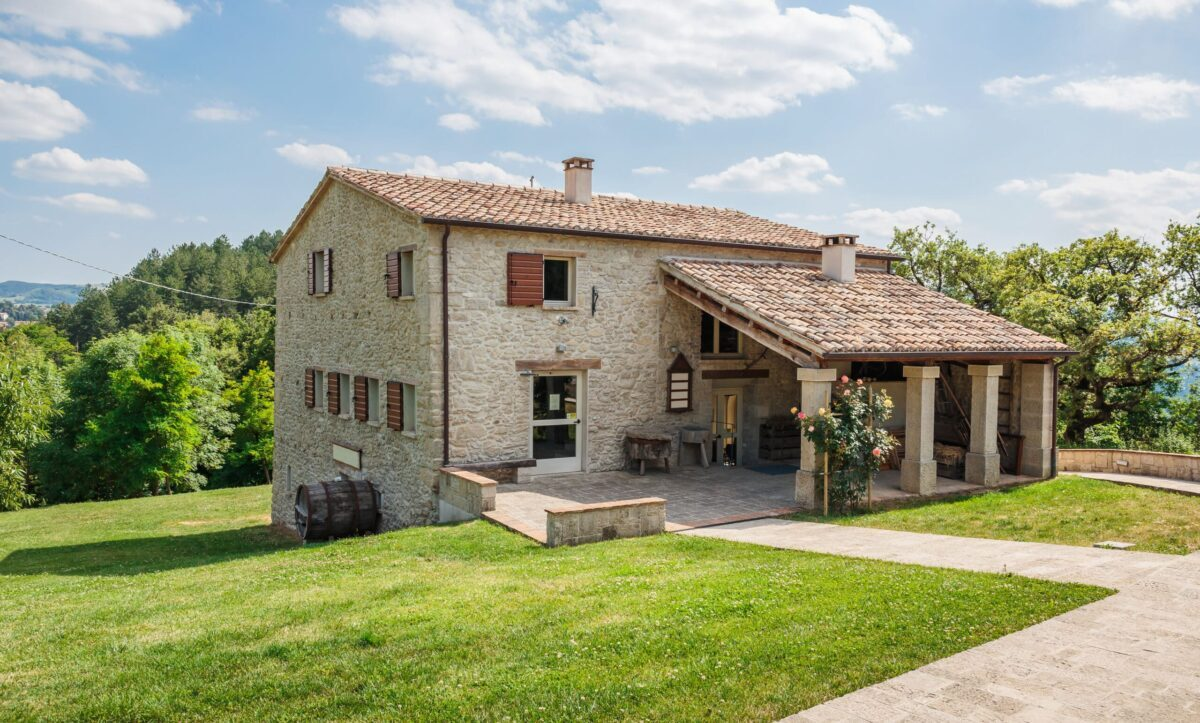
If your home water leaves white stains on your faucets or makes your skin feel dry after a shower, you’re likely dealing with calcium in water also known as hard water. This is a common problem in many parts of the world, especially in places where the groundwater carries high levels of minerals like calcium and magnesium.
Fortunately, you don’t need to be a scientist or spend a fortune to fix it. In this article, we’ll walk you through simple, cost-effective, and effective ways to remove calcium from water using methods that are easy to apply at home.
Calcium enters water when it passes through limestone and chalk deposits underground. While it isn’t harmful to drink, calcium can create hard water, which causes:
Over time, hard water can shorten the life of your plumbing system and home appliances, costing you more in repairs and energy bills.
Before removing calcium, you need to know if it’s a problem in your water. Here are some common signs:
If you’re seeing any of these, your water is likely rich in calcium and needs treatment.
Here are some of the most effective ways to remove calcium from water. These methods vary in cost, complexity, and effectiveness, so you can choose the one that suits your needs best.
Best for: Whole-house solution, long-term benefit
A water softener is the most popular and efficient method for removing calcium. It works by using a process called ion exchange, where calcium and magnesium ions are replaced with sodium or potassium ions. This completely softens your water and eliminates all hard water problems.
Pros:
Cons:
Tip: Choose a salt-based water softener for complete calcium removal. Salt-free softeners don’t remove calcium; they only reduce scale formation.
Best for: Kitchen use, drinking and cooking water
A reverse osmosis system uses a semi-permeable membrane to filter out impurities, including calcium. It’s a great choice for ensuring clean, soft water for drinking and cooking.
Pros:
Cons:
Tip: Use RO in combination with a whole-house softener for complete protection.
Best for: Small amounts of water
Boiling water causes calcium (and magnesium) to settle at the bottom of the container as solid particles, which can then be filtered out.
Pros:
Cons:
Tip: After boiling, pour water through a fine filter or let the calcium settle before using.
Best for: Removing calcium stains from surfaces
If your faucets or tiles are covered with white calcium stains, vinegar or lemon juice can help. Both are natural acids that dissolve calcium buildup.
How to use:
Tip: Regular cleaning prevents stains from becoming permanent.
Best for: Small devices like irons, humidifiers, and CPAP machines
Distilled water is free of all minerals, including calcium. While it’s not practical for household use, it’s great for sensitive equipment where calcium buildup can be damaging.
Tip: Use distilled water for steam irons and medical devices to prevent blockages.
Removing calcium from your water isn’t just about cleanliness. It helps:
Over time, untreated hard water can cause expensive problems. A small investment in treatment today can save you big money down the road.
Dealing with calcium in water doesn’t have to be stressful. Whether you want a full home solution or just need better drinking water, there’s a method for every home and budget.
If you’re looking for a long-term and full-coverage solution, a water softener is your best bet. If you just want better-tasting water in the kitchen, a reverse osmosis system works great. And for occasional cleaning or spot treatment, boiling water or vinegar can do the trick.
Read More:- Shobha Realty Launches Its Most Luxurious Project Yet—Full Details Inside 2025
